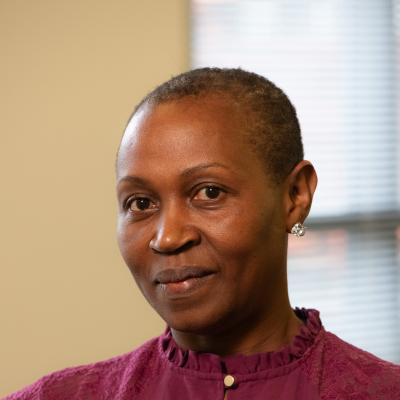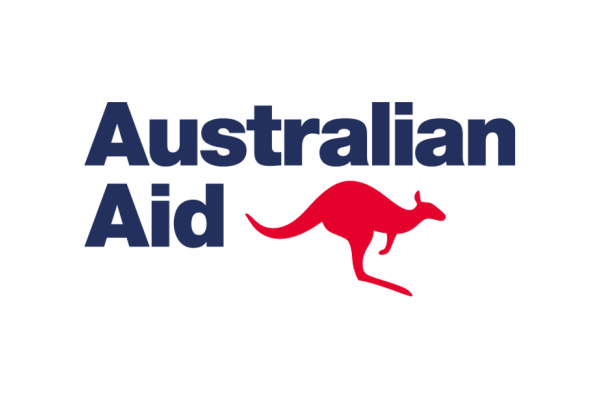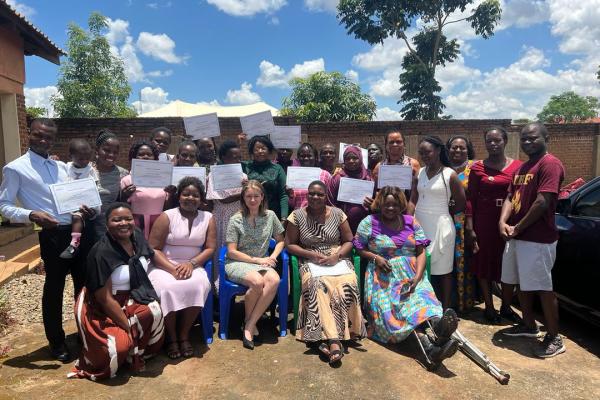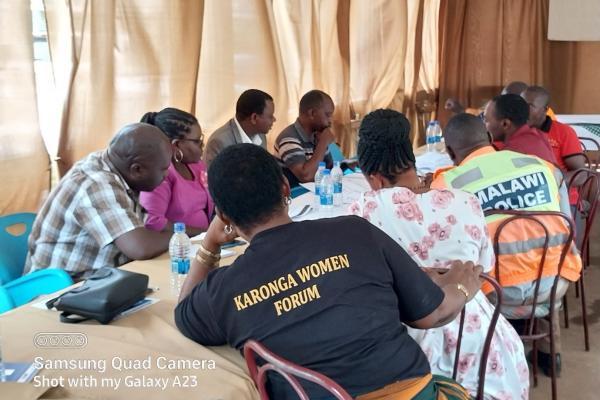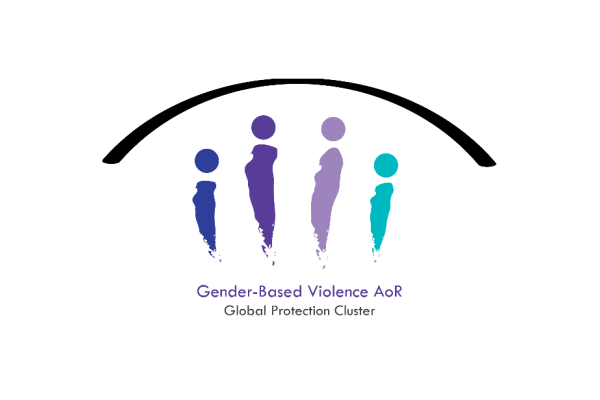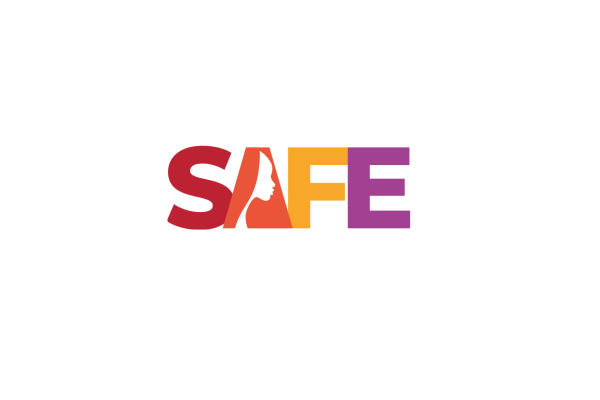Reflections from the Women Deliver 2023 conference
I’m still recovering from a great week spent in Kigali for the Women Deliver Conference 2023. This event saw over 6,000 delegates come together under the theme; Spaces, Solidarity, Solutions. I felt privileged to navigate this space with fellow feminist colleagues and yes, hundreds of selfies were captured, and thousands of hugs exchanged. As I always say, the best part of these conferences is the connections made with my feminist community. There are many reflections from the conference, and I’ll attempt to share some of them here.
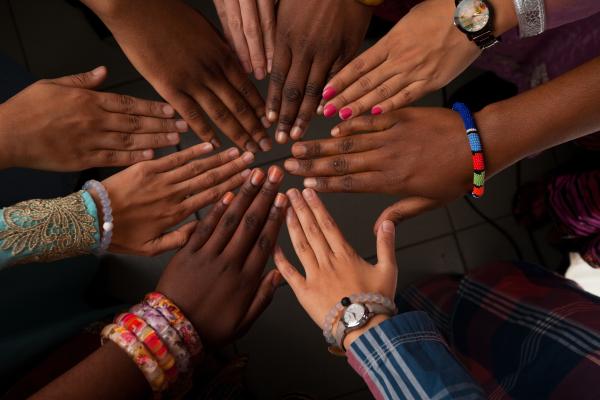 Our global Gender-Based Violence (GBV
Our global Gender-Based Violence (GBV
